Betye Saar: Black Doll Blues
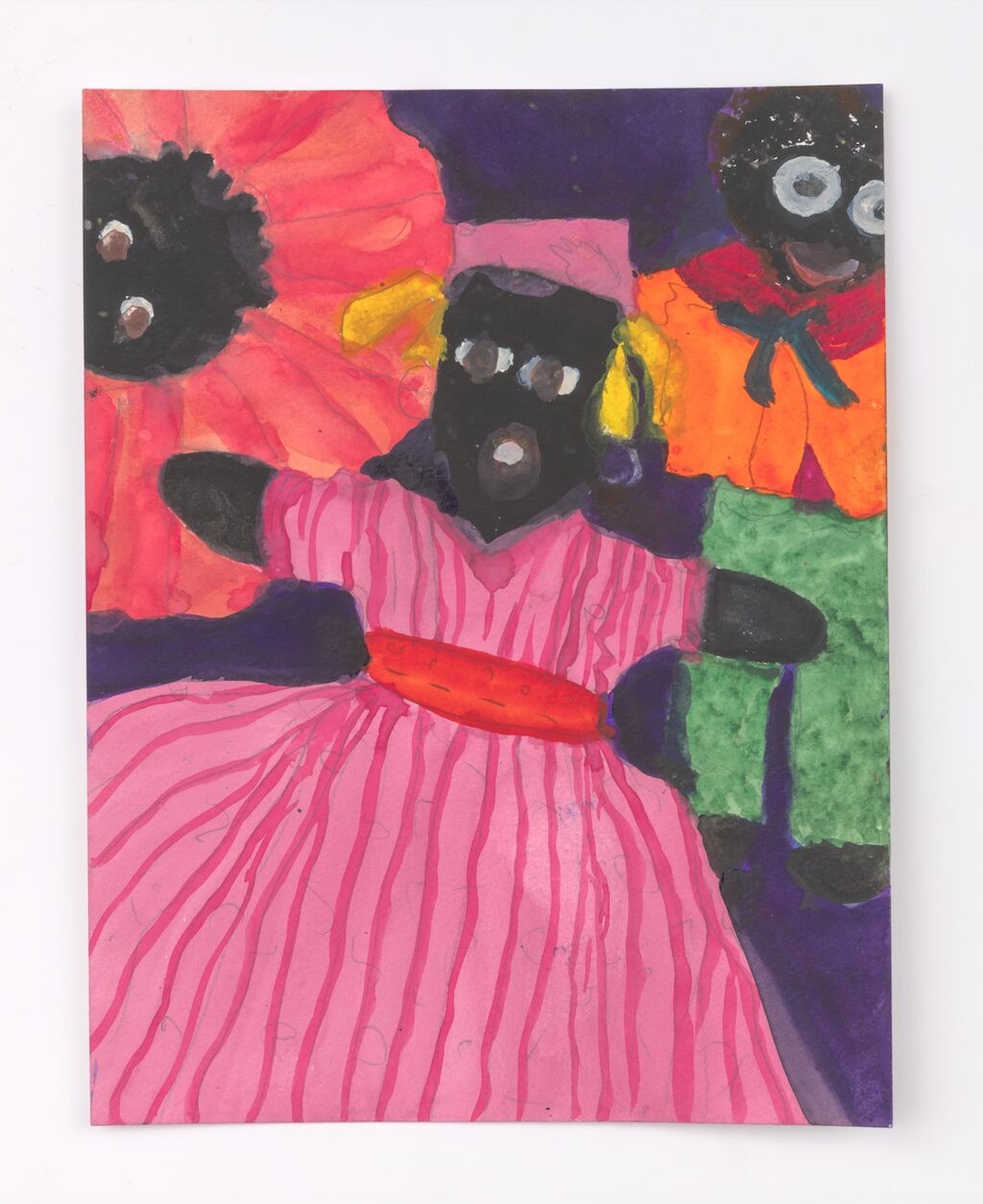
Betye Saar: Black Doll Blues
17 September 2021
Betye Saar: Black doll blues brings together a selection of new watercolor works on paper, portraits of Saar’s personal collection of Black dolls. Referencing the underrepresented history of Black dolls as seen through Saar’s artistic lens, the works on view distill several intersecting themes, imagery, and objects in Saar’s oeuvre, highlighting her prominent usage and reinvention of derogatory imagery. From 1880's European brown bisque dolls to dolls hand-made with found materials by enslaved people up to more recent examples such as Mattel’s 1968 first Black Barbie™ (Christie) or Addie of the American Girl Dolls, Black dolls often embodied the experiences and narratives of those who made them and/or received them. The Black dolls represent and reflect part of historical Black American culture. Characterizing Saar's unique practice, these watercolors showcase the artist’s experimentation with vivid colors, layered techniques, and new interest in flat shapes. While Saar has previously used painting in her mixed media collages, this is her first exhibition focusing on her watercolor works on paper. The exception in this exhibition is Rock-a-bye Black Babies, a tableau that features a child’s rocker holding dolls from Saar’s personal collection. ABOUT THE ARTIST Betye Saar As one of the artists who ushered in the development of Assemblage art, Betye Saar’s practice reflects on African American identity, spirituality and the connectedness between different cultures. Her symbolically rich body of work has evolved to demonstrate the environmental, cultural, political, racial, technological, economic, and historical context in which it exists. For over six decades, Saar has created work that explores the social, political, and economic underpinnings of America’s collective memory. Early in her career, her work dealt with themes of mysticism, nature and family. Saar’s art became political in the 1970's namely with the assemblage The Liberation of Aunt Jemima in 1972. As did many of the women who came to consciousness in the 1960's, Saar takes on the feminist mantra “the personal is political” as a fundamental principle in her assemblage works. Her appropriation and transformation of black collectibles, heirlooms and utilitarian objects solidified her status as a pioneer of the Assemblage movement. Saar continues to both actively produce work and inspire countless others. Saar’s work can be found in the permanent collections of more than 60 museums, including The Museum of Modern Art, New York, NY; The Metropolitan Museum of Art, New York, NY; Hirshhorn Museum and Sculpture Garden, Smithsonian Institution, Washington, D.C.; Whitney Museum of American Art, New York, NY; The Museum of Contemporary Art, Los Angeles, CA; and Los Angeles County Museum of Art, Los Angeles, CA among others. robertsprojectsla.com
View more from
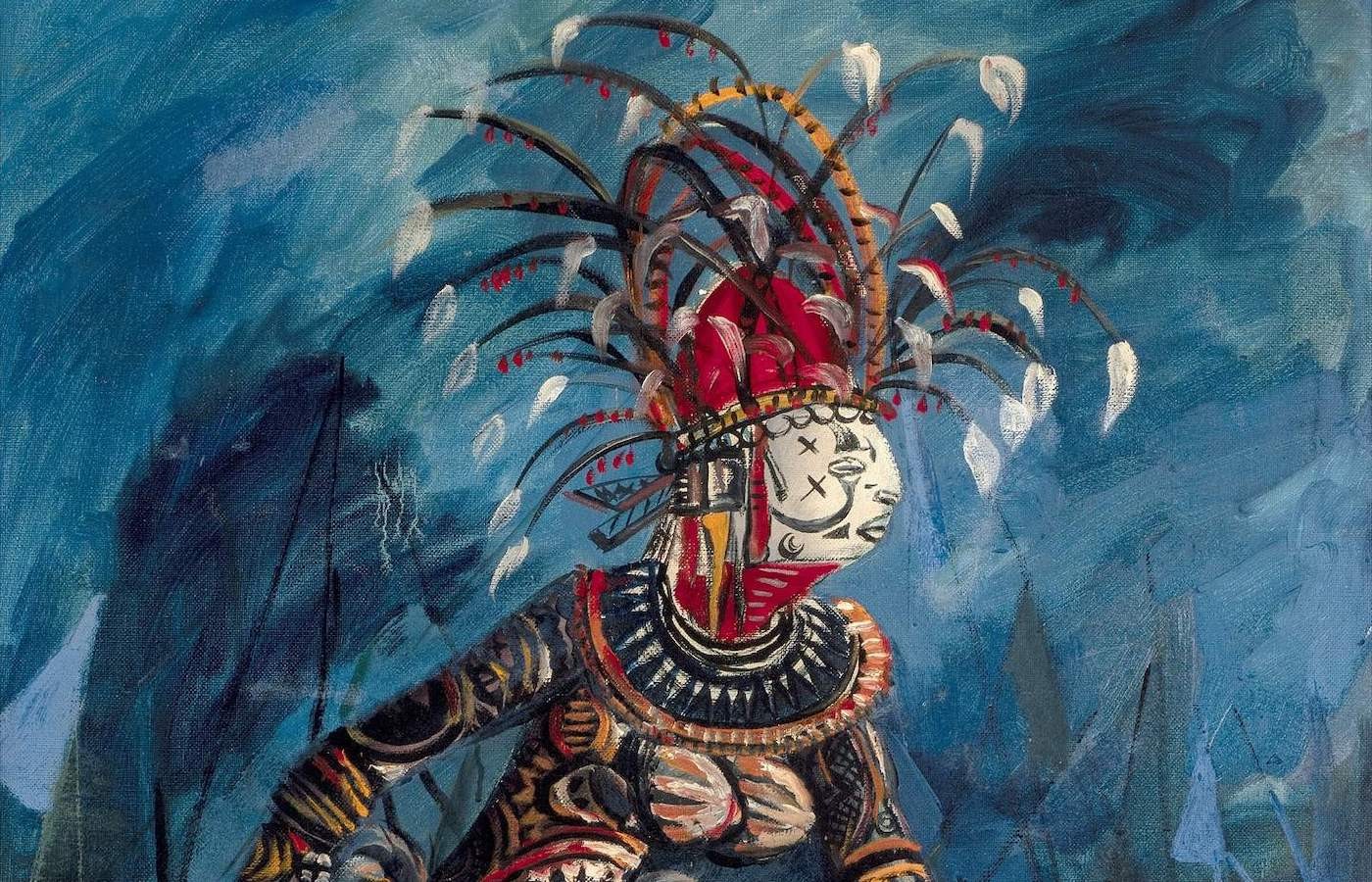
Nigerian Modernism – Group Show
Oct 8, 2025–May 10, 2026
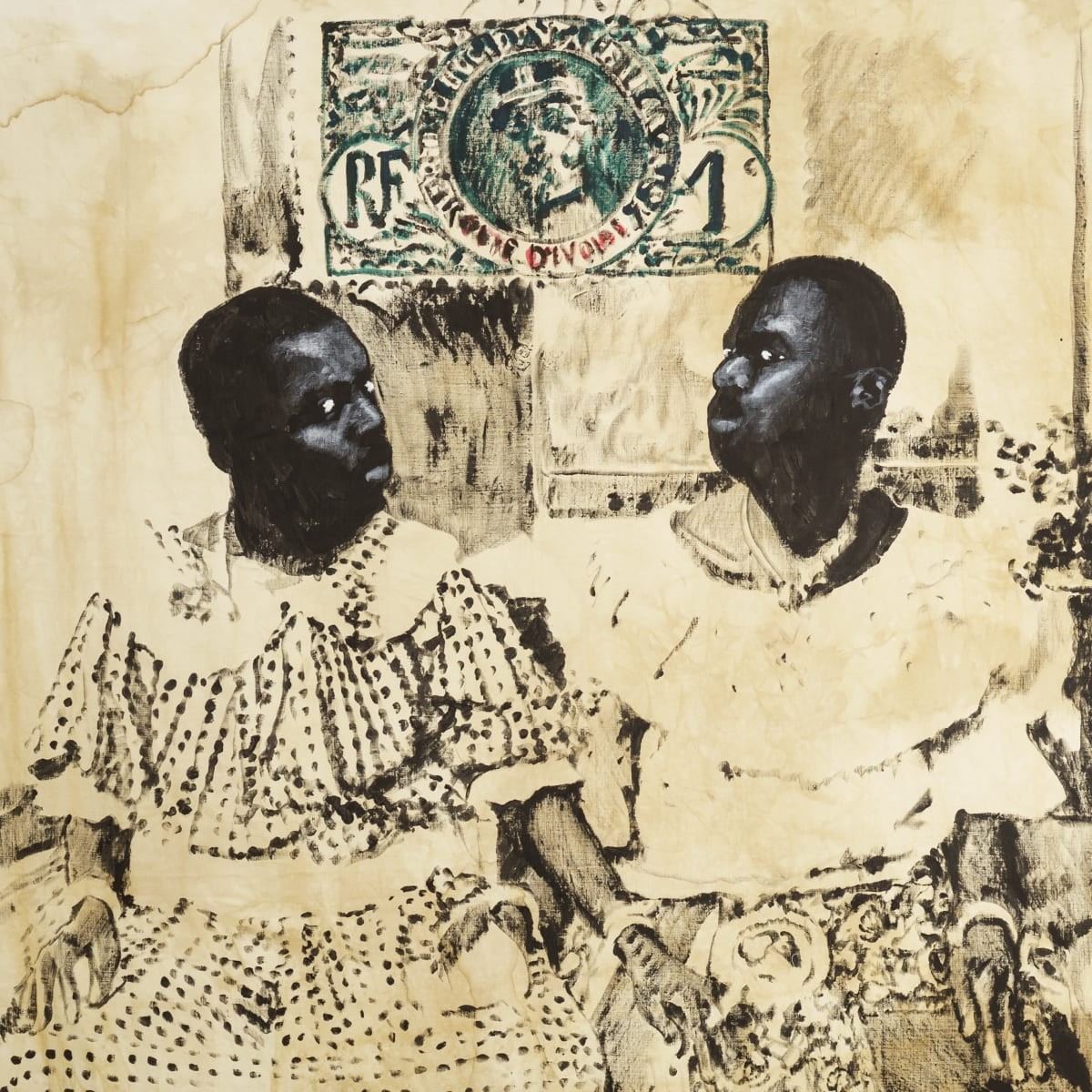
Roméo Mivekannin: Correspondances
Oct 2, 2025–Mar 21, 2026
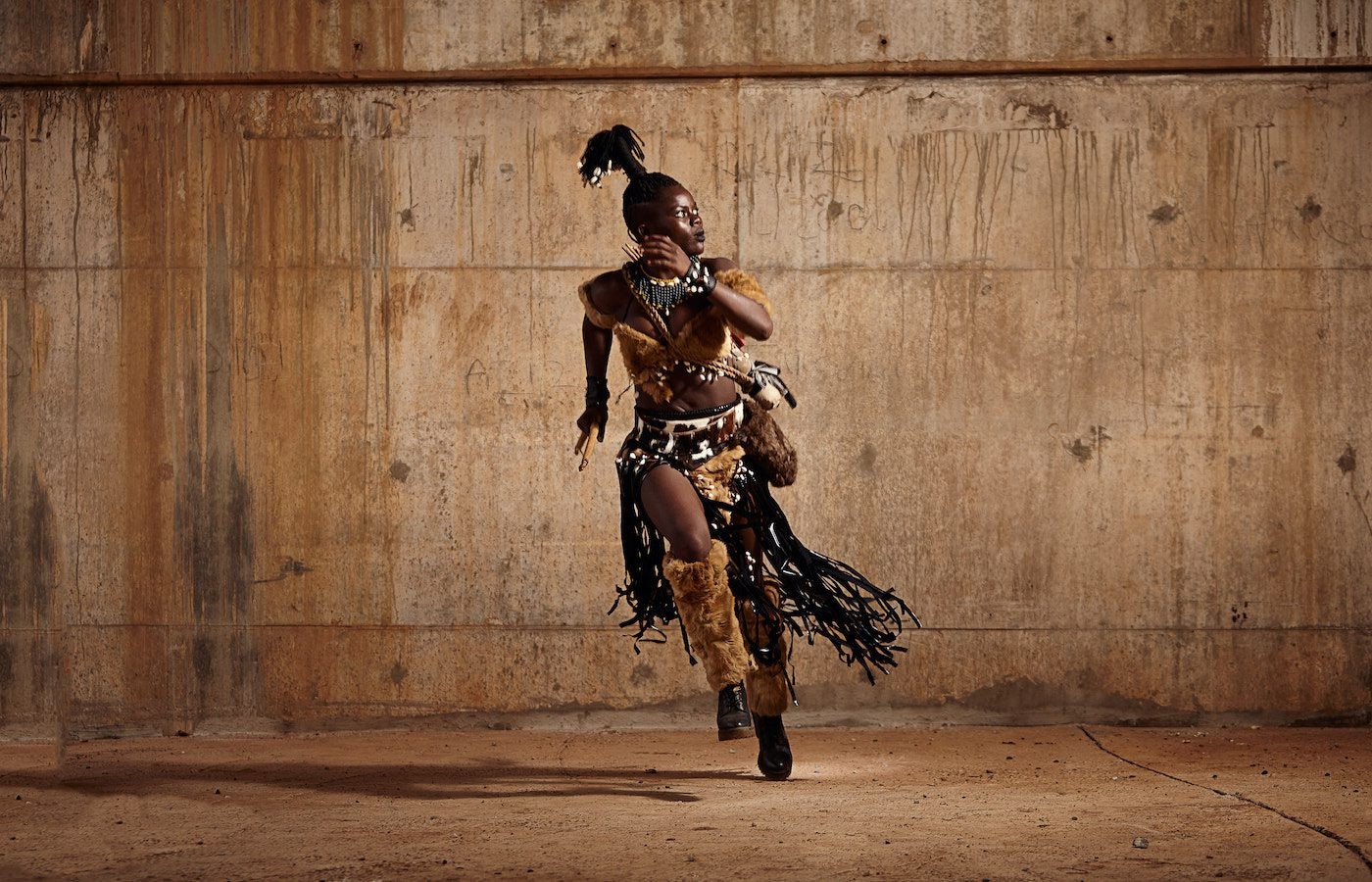
The Writing’s on the Wall (TWTW)
Sep 13, 2025–Mar 14, 2026
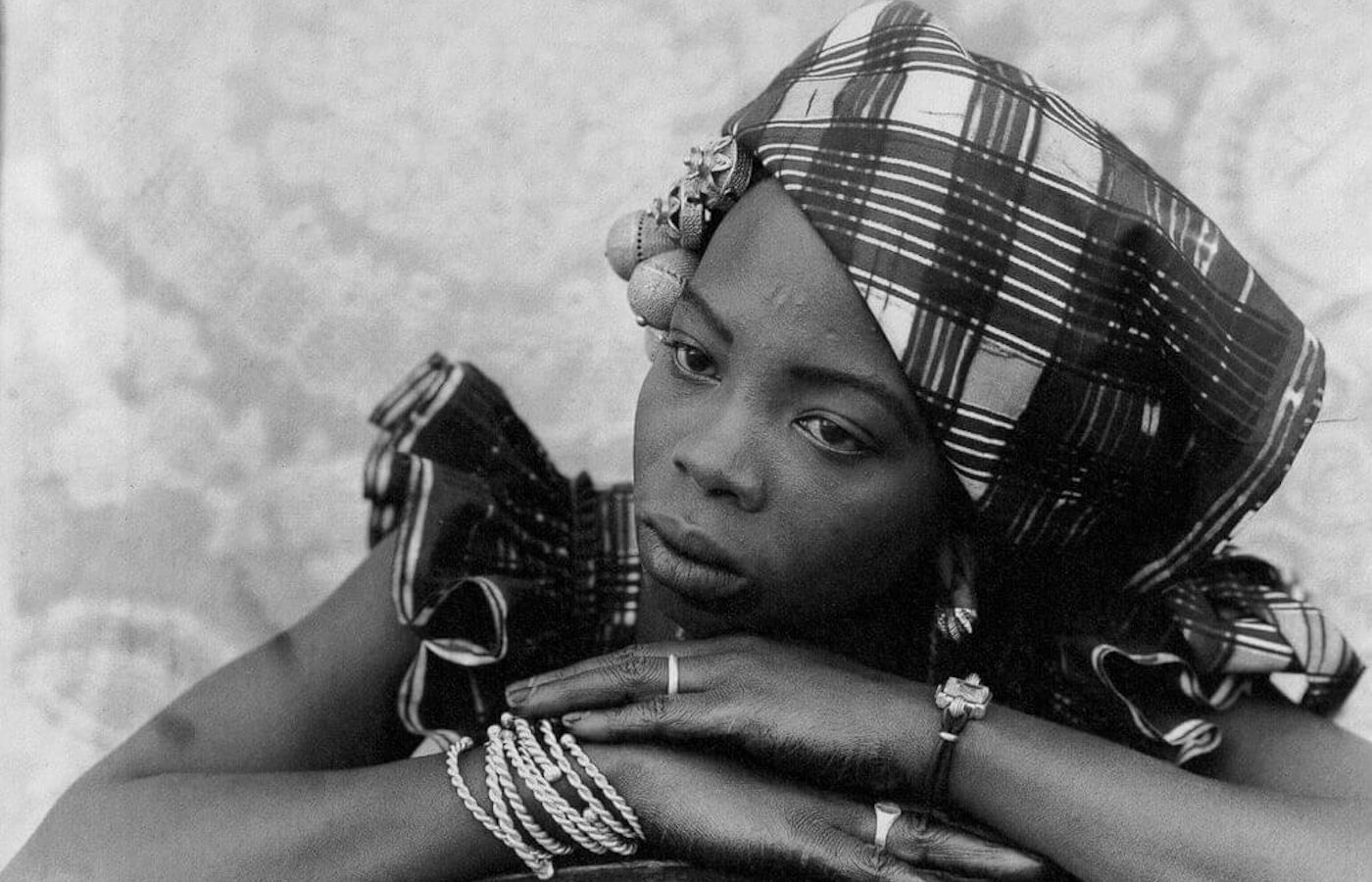
Seydou Keïta: A Tactile Lens
Oct 10, 2025–Mar 8, 2026
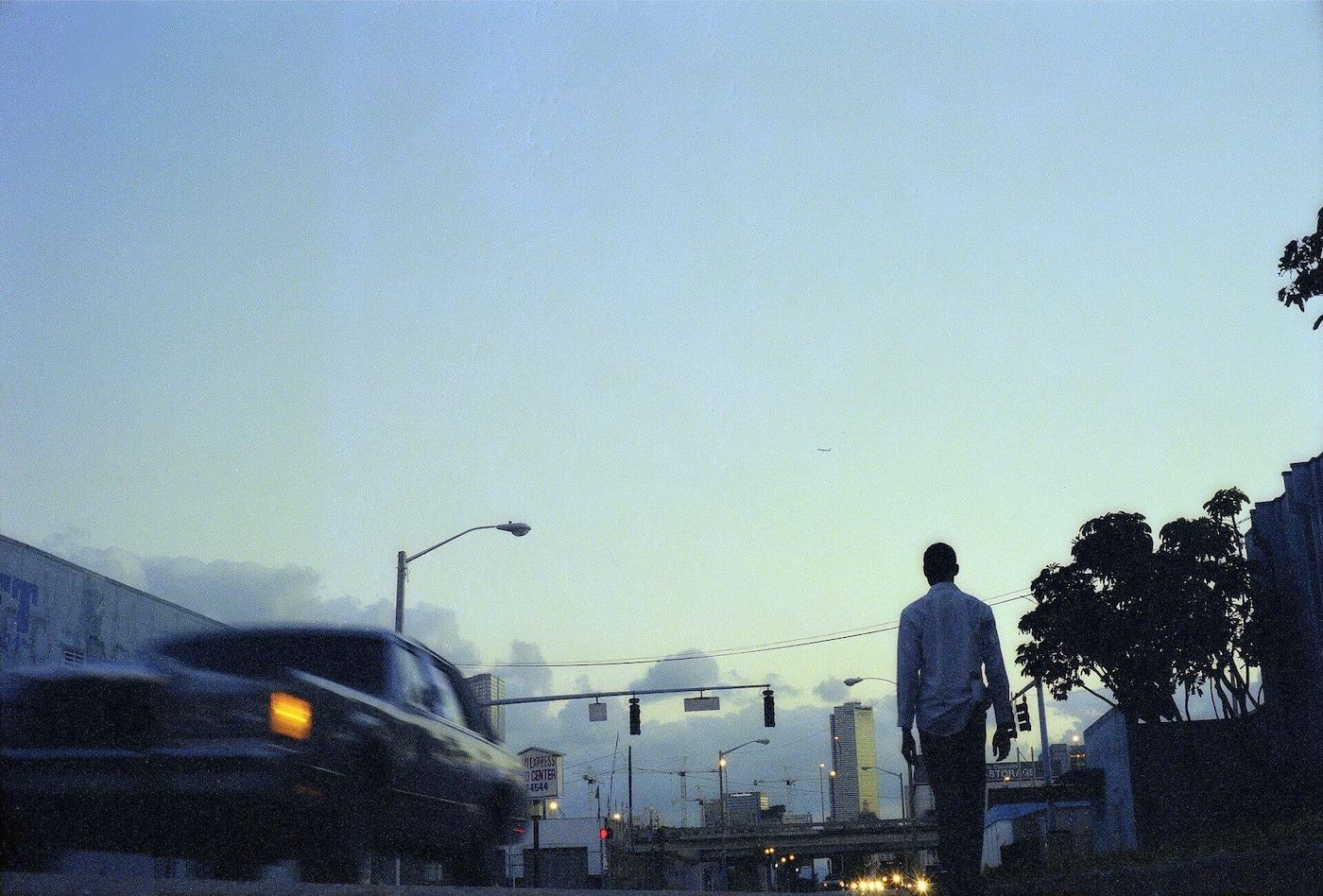
ECHO DELAY REVERB: American Art and Francophone Thought – Group Show
Oct 22, 2025–Feb 15, 2026
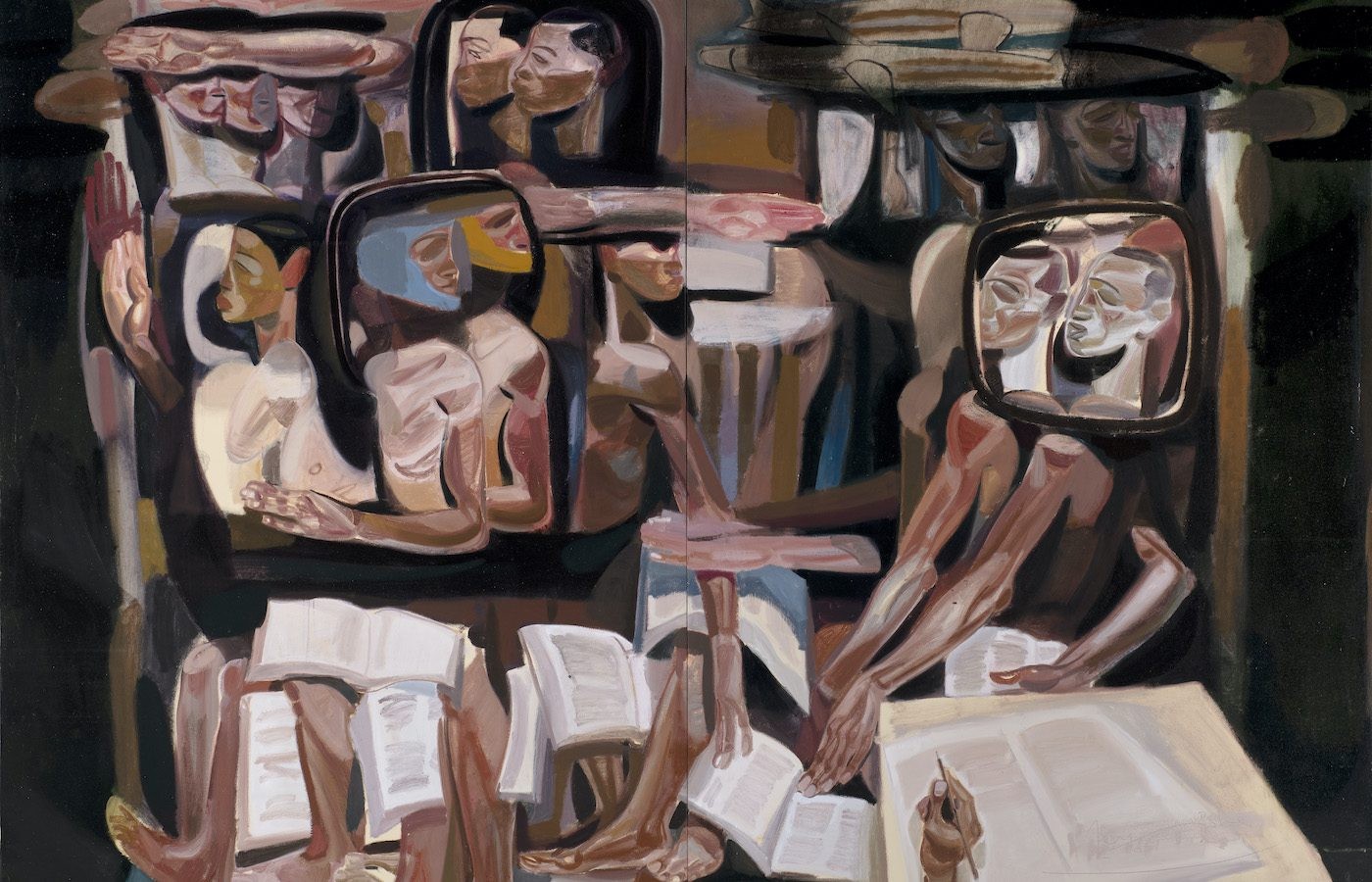
Tesfaye Urgessa: Roots of Resilience
Sep 20, 2025–Feb 15, 2026